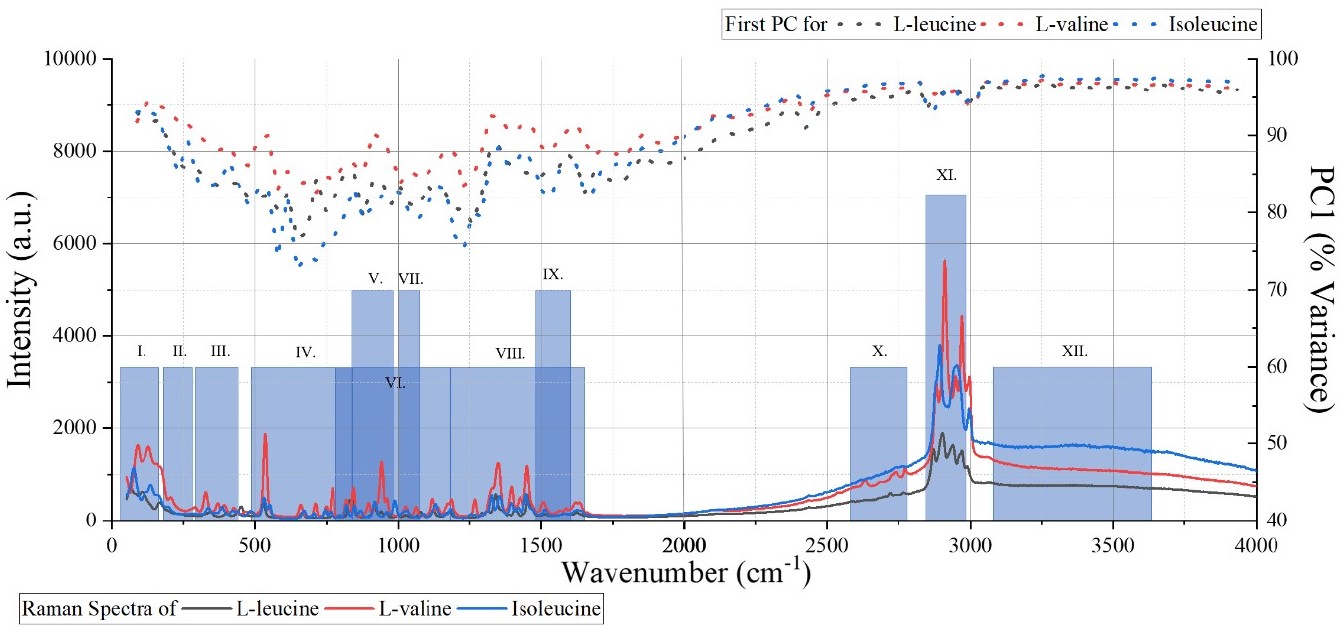Engineering and physical science
Adaptive Principal Component Analysis
A salient feature extraction algorithm
Common biochemical reactions that alter proteins include glycosylation, oxidation and protein phosphorylation and apply to cardiovascular disease, cancer, Alzheimer’s, and diabetes. These reactions can be detected through assays or batch reactors paired with numerous labeling and characterization techniques. Current approaches for monitoring real-time reactions are paired with online monitoring techniques such as Raman spectroscopy. Combining these techniques for the application of monitoring these biochemical reactions is promising, however, deciphering molecular changes in complex systems can be challenging. Statistical techniques, such as principal component analysis (PCA), can help overcome some of these difficulties. Although PCA is not new to the field and can be applied to several different software and applications, the results can be misleading and can reveal low variance when applied to large data sets. Furthermore, a strategy is still lacking with regards to monitoring the conformational changes and strain states associated with real-time reactions in the manufacturing environment.
The technology
Inventors at Virginia Commonwealth University have successfully developed an adaptive PCA method/algorithm to analyze multiple amino acids within a single sample. The PCA is applied in iterations of overlapping sections that can highlight the variance of individual peaks rather than the entire spectra (Figure 1). Extensive testing of this technique has been implemented on individual and blended amino acids in order to identify individual vibrational modes within complex samples as a function of phonon scattering and laser power density. This method is also capable of identifying strain induced in amino acids through experimental parameters and through compositional variations. Unlike current PCA methods, this improved method can pinpoint very minute changes, such as a specific bond formation, in any polymer structure which helps to understand how a chemical system is changing in real-time.

Figure 1: Adaptive PCA and correlating Raman spectra for individual amino acids: L-leucine, L-valine and isoleucine for all temperature values (i.-v.) and all excitation laser power density (A-L).
